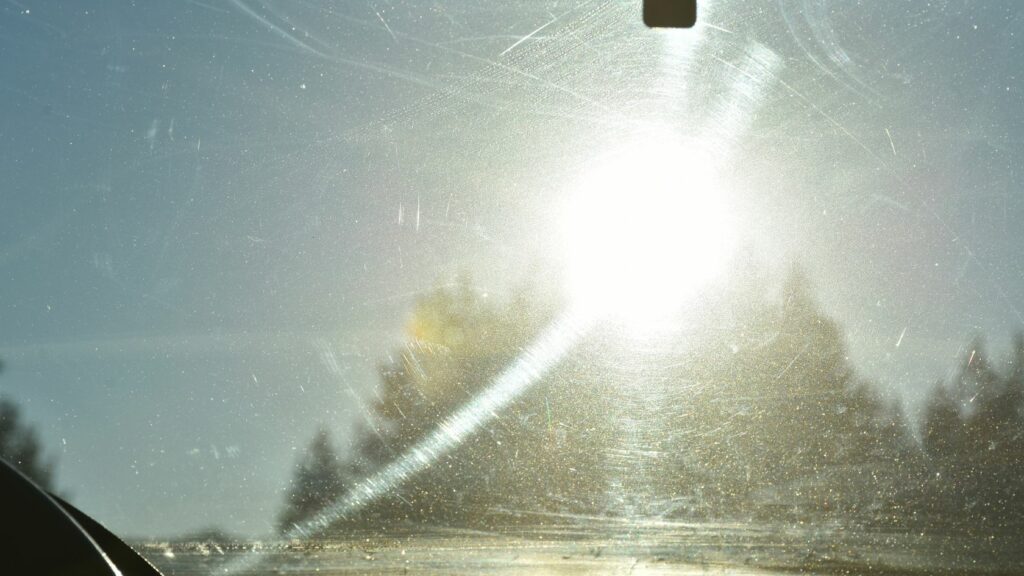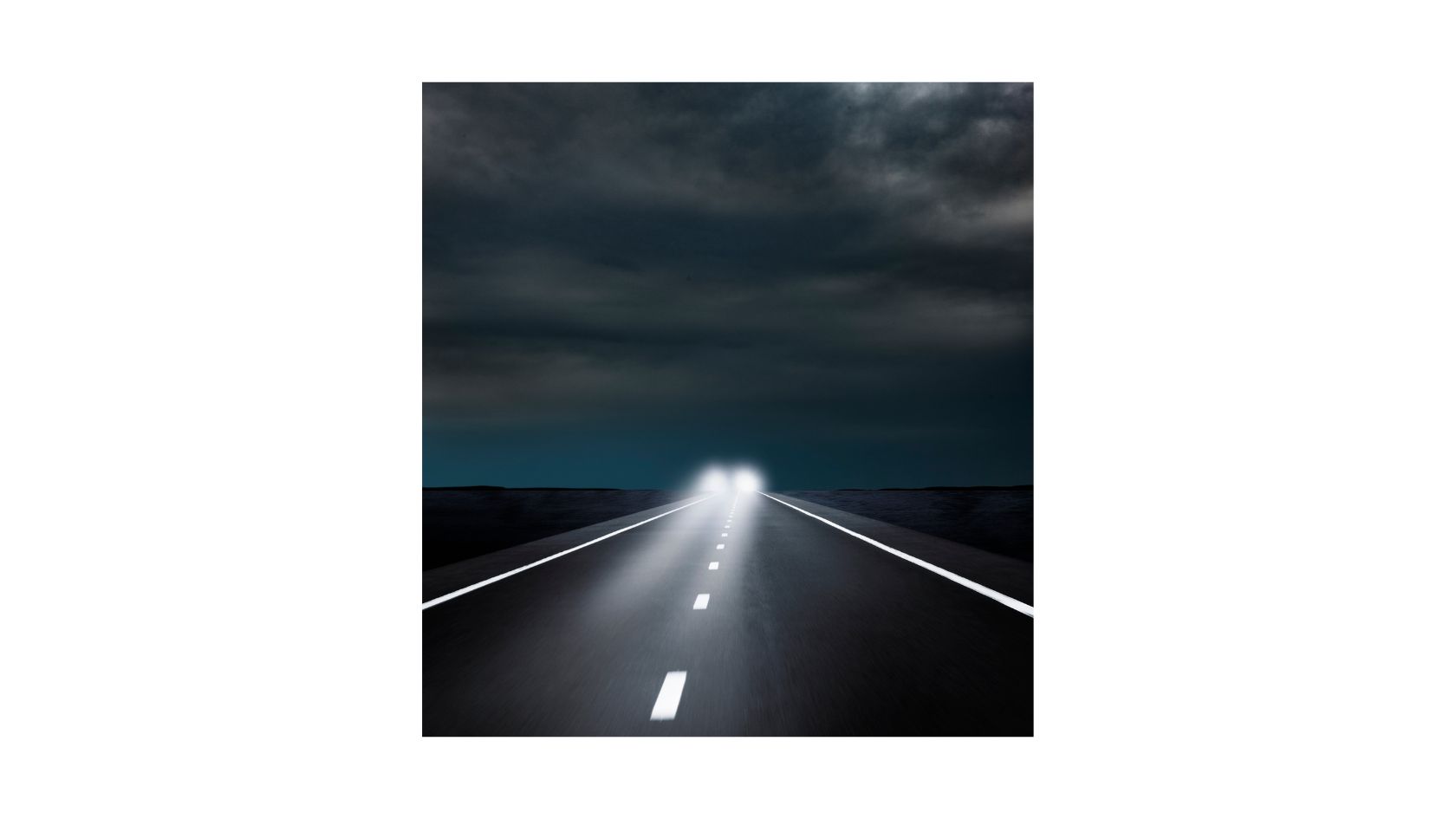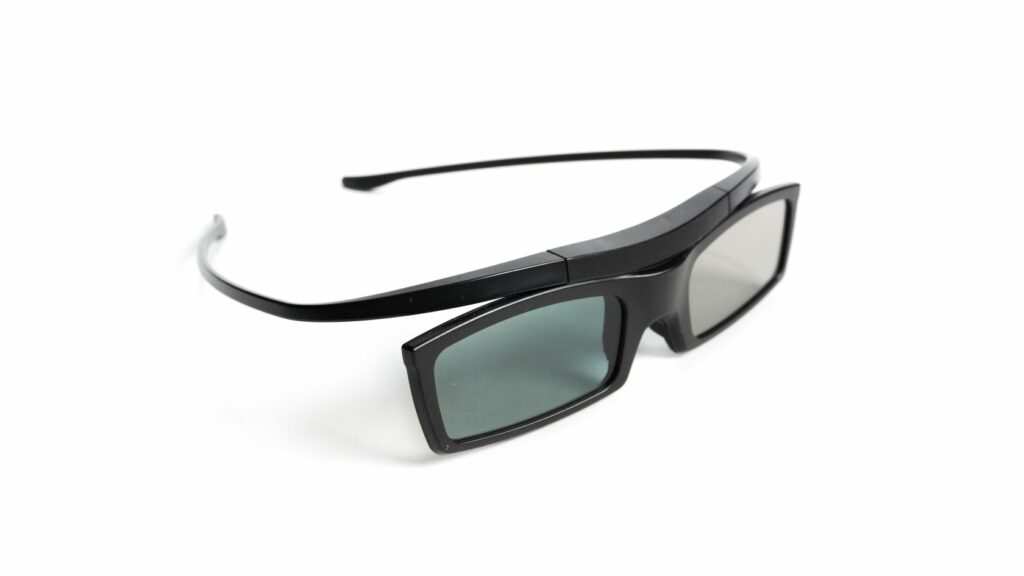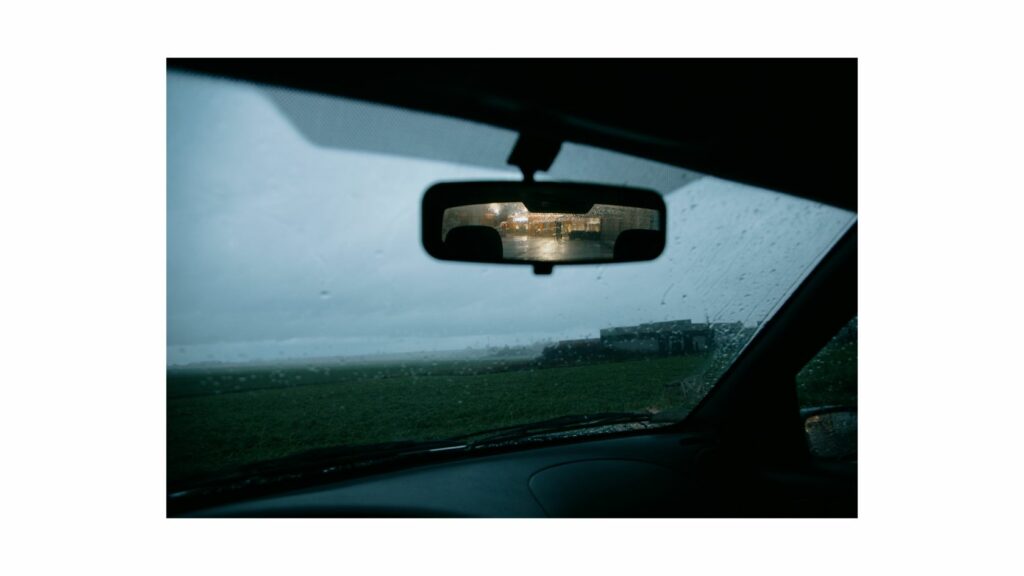
As you embark on your daily drive, the glaring sunlight during the day and the blinding headlights at night can turn your windshield into an obstacle course, putting your safety at risk. So, if you want to know how to reduce glare on your car windshield then explore this blog post till the end!
This informative blog post will explore practical solutions to combat this ‘glaring windshield’ phenomenon.
Moreover, you will learn about the preventive measures to reduce glare during day and night driving, the myth behind anti-glare windshields, and the magic of polarized lenses.
Let’s uncover the secrets and equip you with the knowledge to conquer glare and drive confidently!
How to Reduce Glare on Your Car Windshield during Day and Night Driving?
To reduce glare on car windshields you can implement practical solutions in the form of –
Regularly maintain your car windshield by cleaning it from the inside and outside. Use appropriate glass cleaning solutions to do this instead of abrasive chemicals.
Secondly, replace any worn wiper blades and address any windshield chips promptly. Moreover, consider adding a light tint to your car windows and windshield as applicable.
Lastly, invest in high-quality polarized sunglasses to enhance visibility.
You must also consider tilting your rear-view and side-view mirrors slightly downward, and avoid looking directly at the headlights of oncoming vehicles during night-time driving.
The anti-glare windshield is another effective solution to counter the reflections of glaring sunlight and headlights while driving.
To implement these solutions it is imperative to learn about the causes that result in glare on car windshields.
What causes glare on car windshields and windows?
Glare on car windshields and windows can be a bothersome and hazardous issue during both day and night driving.
Here are some of the causes that can make your journey disastrous:
Reflections from Sunlight – Often during the day, sunlight is at its peak. When you are driving in these conditions sunlight can bounce off various surfaces like other vehicles, buildings, or water bodies, creating intense glare.
This sudden brightness can temporarily blind drivers, affecting their ability to see the road clearly and increasing the risk of accidents.
For instance, when driving on a sunny day, the sun’s reflection off a neighboring car’s windshield can impair your vision momentarily, making it challenging to react quickly to changing road conditions.
Oncoming Headlights – It’s not about day but even night driving could hinder your ride. At night, the glaring effect of oncoming headlights can be particularly troublesome.

The intense brightness of these lights against the dark surroundings can cause temporary vision impairment, making it hard to maintain focus on the road.
For example, when driving at night and faced with a vehicle’s high-beam headlights, the glare can be blinding, making it difficult to judge distances and obstacles accurately.
Dirty or Damaged Windshields – Another cause of concern for glaring is a dirty windshield. When you drive with a windshield having smudges, streaks, or debris it can scatter light. This situation can intensify glaring and hindering visibility.
Additionally, chips, cracks, or pitting on the windshield’s surface can worsen light reflection, further impeding the driver’s view.
For instance, when driving with a dusty windshield, the sunlight hitting the debris can create a scattered glare, making it hard to see clearly, especially in bright conditions.
Improperly Adjusted Mirrors – Misaligned rear-view and side-view mirrors can reflect strong light directly into the driver’s eyes.
If you are not attentive to the mirror position it can add to the glare and make it difficult to concentrate on the road ahead.
For example, if the side mirrors are not adjusted correctly and reflect the headlights of the vehicles behind, it can cause distracting glare and reduce visibility.
The causes of glaring are inevitable however, addressing these causes promptly can make your driving risk-free and safe.
Practical solutions to reduce glare on car windshields and windows
First of all, using the sun-visor that is available in every vehicle is the best option to deal with glaring sunlight. If visors don’t work as expected, you can implement the following tips and solutions to minimize glare and ensure a safer driving experience:
Keep Windshield and Dashboard Clean
Maintaining a clean windshield is vital for optimal visibility and safer driving. And it is not about just going through the windshield and glasses using a dry cloth but proper cleaning.
Make sure to regularly clean both the inside and outside of your windshield as well as the dashboard. To do this, use a gentle glass cleaner to maintain clarity and reduce reflections.
Home-made solutions such as soaps/liquids are also handy but may not be effective in providing enough clarity to counter the glare.
For stubborn stains like dead bugs or tar, consider using a commercial windshield cleaning product specifically designed to remove them.
Don’t neglect the inside of your windshield when washing your car. Use an appropriate cleaner and a microfiber cloth to clean the interior to ensure a clear view of the road ahead.
It is important to note that regular cleaning also prevents scratches caused by windshield wipers.
Avoid Wax or Car Shine Products
Using wax or other auto-detailing products on car windshields can create a reflective surface that can worsen glare.
Even on car paint surfaces, opt for protective coatings to shield the troublesome glare which otherwise leads to scattering off the hood impairing your vision.
The unintended consequences of using wax or other shiny products on car glasses or surfaces could compromise visibility while driving. Stick to appropriate glass-cleaning solutions and detailing products for optimal results.
Ensure Regular Maintenance of Windshield and Wipers
Your car windshield and wipers go hand in hand when it comes to seeking proper visibility and cleanliness.
Most drivers often rely on wipers to wipe off the windshield and doing so regularly could leave streaks and residue behind if the wipers are not maintained.
In addition, maintaining your car’s windshield in top-notch condition can significantly impact how sunlight filters through. Any cracks, chips, or scratches even of small nature could reflect the sunlight glare throughout your car.
To counter this, keep the windshield well-maintained by promptly repairing chips, cracks, or pitting. Similarly, replace worn-out wiper blades to ensure a clear view during adverse weather conditions.
Invest in Polarized Sunglasses
Driving enthusiasts love driving wearing stylish sunglasses. A smart move would be to don polarized sunglasses that have specialized lenses to block sunlight reflections.
High-quality polarized sunglasses are capable of restricting horizontal light waves, minimizing blinding reflections, and providing clearer vision through their advanced lenses.

Apart from blocking the sunrays, some polarized glasses are helpful in mitigating the risks of night driving as well. Moreover, these glasses come equipped with holders/covers for ease of carry and storage.
There is no doubt with polarized sunglasses on, you can bid farewell to squint on bright days and enjoy clearer vision on the road to some extent.
Consider Adding Window Tint
A light tint applied to your car windows can reduce the amount of incoming light and minimize glare. Window tinting is typically applied to side windows, curbing the impact of sunlight from the sides during driving.
In terms of a car windshield, a sun strip is a more appropriate choice. A specialized window tint strip designed for windshields covers a small area at the top of the windshield, away from the driver’s direct line of vision.
This subtle sun stripe effectively reduces glare without impairing the driver’s visibility, offering a stylish and functional solution to enhance your driving experience.
Consult a professional to find the appropriate tint level for your needs. More importantly, get familiar with and stay compliant with your state’s regulations on tinting car glasses.
Optimize Rear and Side View Mirrors at Night
During nighttime driving, optimization of mirrors is essential for a safe and comfortable ride. Both the side view mirrors should be positioned to see the side of your car and tilt them slightly below to reduce the reflection of headlights from trailing vehicles.

Similarly, adjust the rear-view mirror by switching to night driving mode. Use the switch or button according to the rear view design/option of your vehicle for proper adjustment.
By properly adjusting your mirrors, you can significantly reduce glare and ensure better visibility during night driving.
Avoid Direct Eye Contact with Oncoming Traffic
The misaligned headlights of other vehicles in the nighttime can be a persistent challenge. When driving at night, refrain from looking directly at the headlights of oncoming traffic. Instead, focus on the lane markings to reduce glare and maintain better concentration.
On roadways without a white painted line, focus on the point where the road meets the shoulder instead. Use your best judgment when driving and adapt your approach based on the intensity of the oncoming headlights.
Installing anti-glare elements on car windshield
Consider applying anti-glare elements on your car windshield to reduce glare and improve visibility. Anti-glare car windshields or coatings/films to be precise incorporate specialized coatings and materials designed to minimize the adverse effects of glare.
One of the key technologies used is the application of hydrophobic properties or nano coatings on the windshield.
These specialized films are designed to reduce reflections and minimize the impact of bright lights, especially during night driving.
The anti-glare coating is also instrumental in repelling rainwater and other dirt particles providing a clearer and safe view for the driver.
- If all the above solutions do not work in your favor it is best to adjust your route of travelling. Consider navigating through the roads that do not come in direct sun exposure and have less amount of traffic.
Alternatively, check your eyesight if you feel distracted while driving even after implementing the above steps. Vision-related concerns can affect your visibility irrespective of the glaring issues on the road.
Final thoughts
In the quest for safer and more enjoyable driving experiences, combating glare on your car windshield is an essential endeavor.
By implementing the practical solutions from this post you can surely reduce glare while driving day and night.
From keeping your windshield and dashboard clean, applying sun films, wearing polarized sunglasses, and investing in anti-glare coatings for added protection, each step plays a pivotal role in mitigating the blinding effects of glare.
So, take charge of these practical solutions for reducing glare from car windshields/windows and ensure a clearer and safe road ahead.
